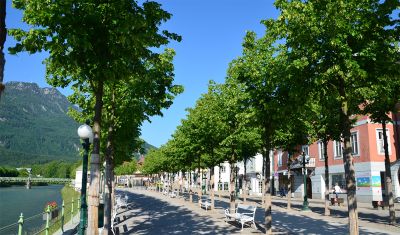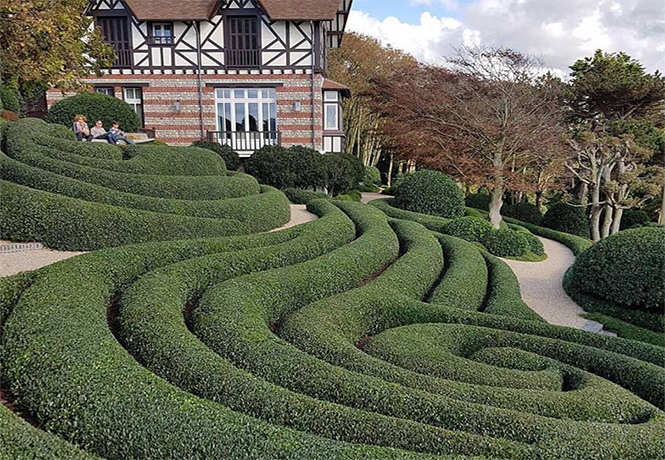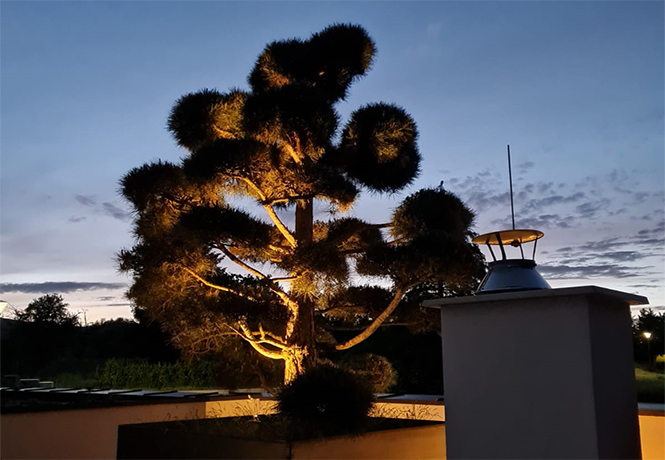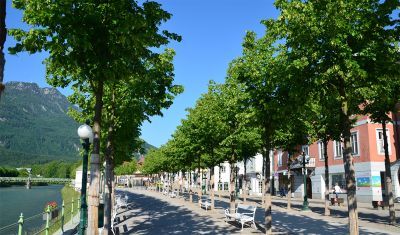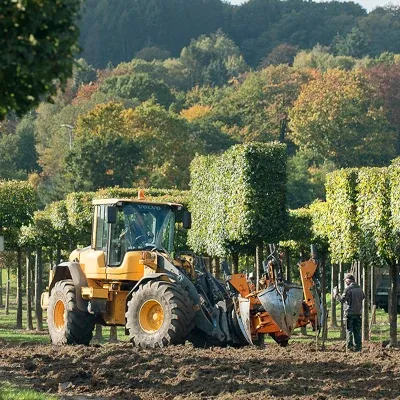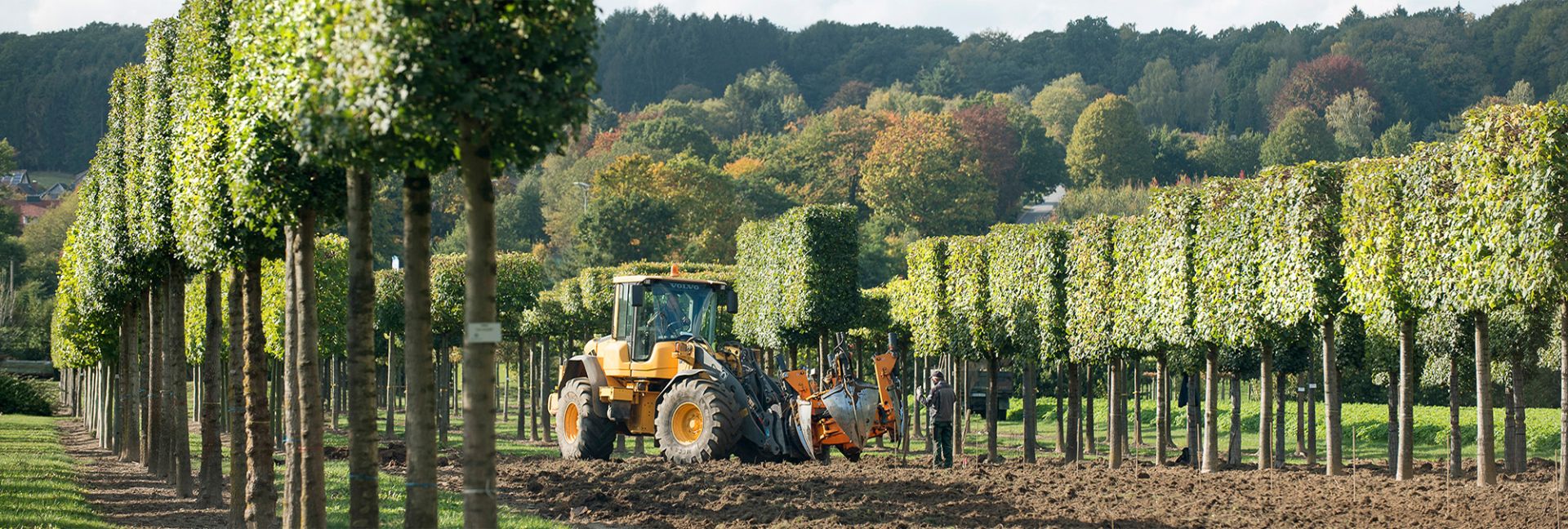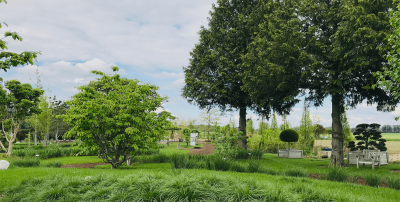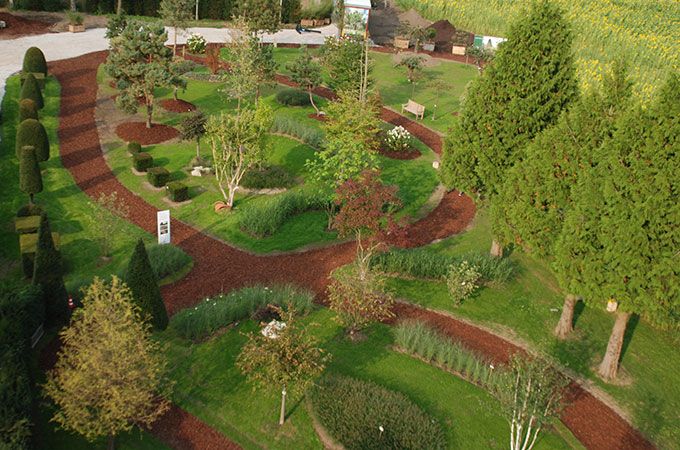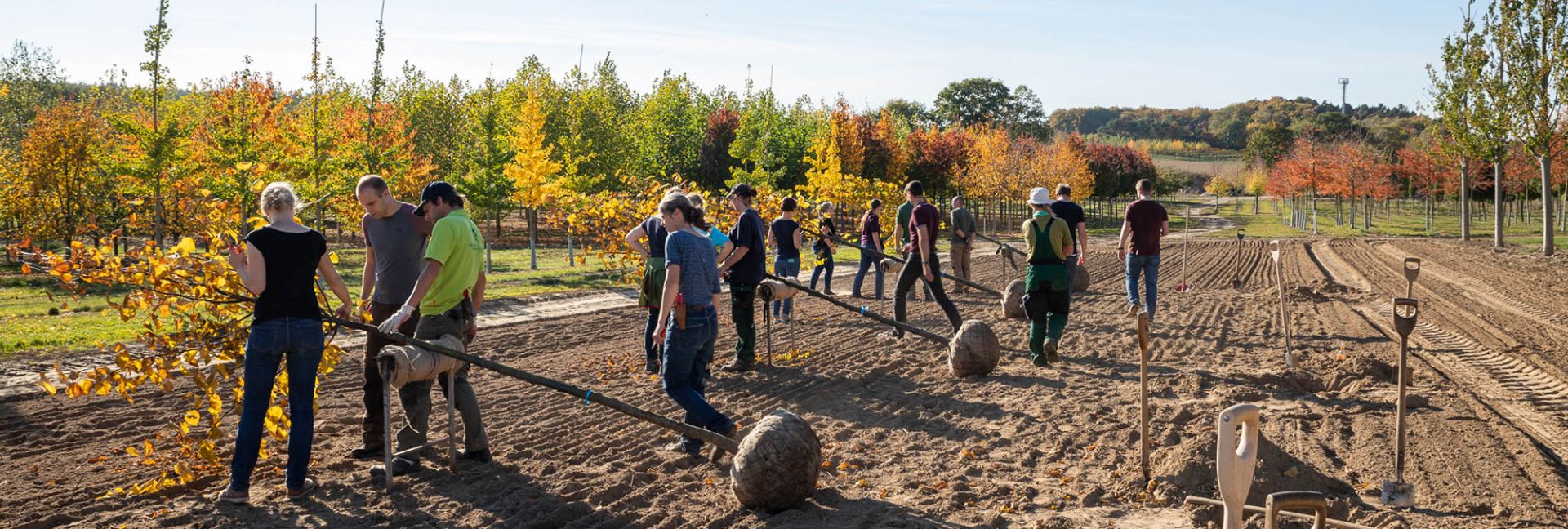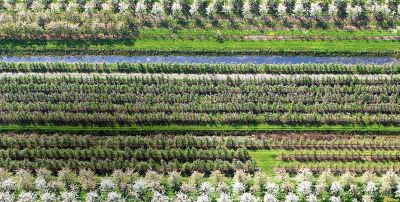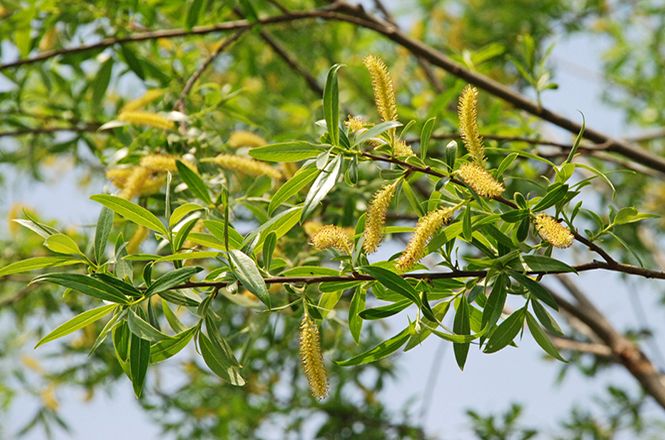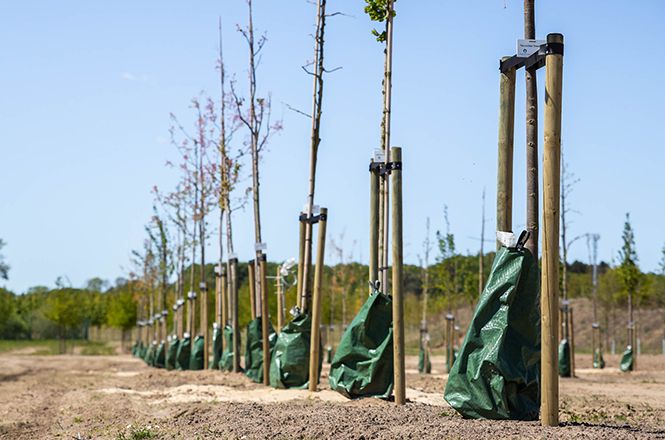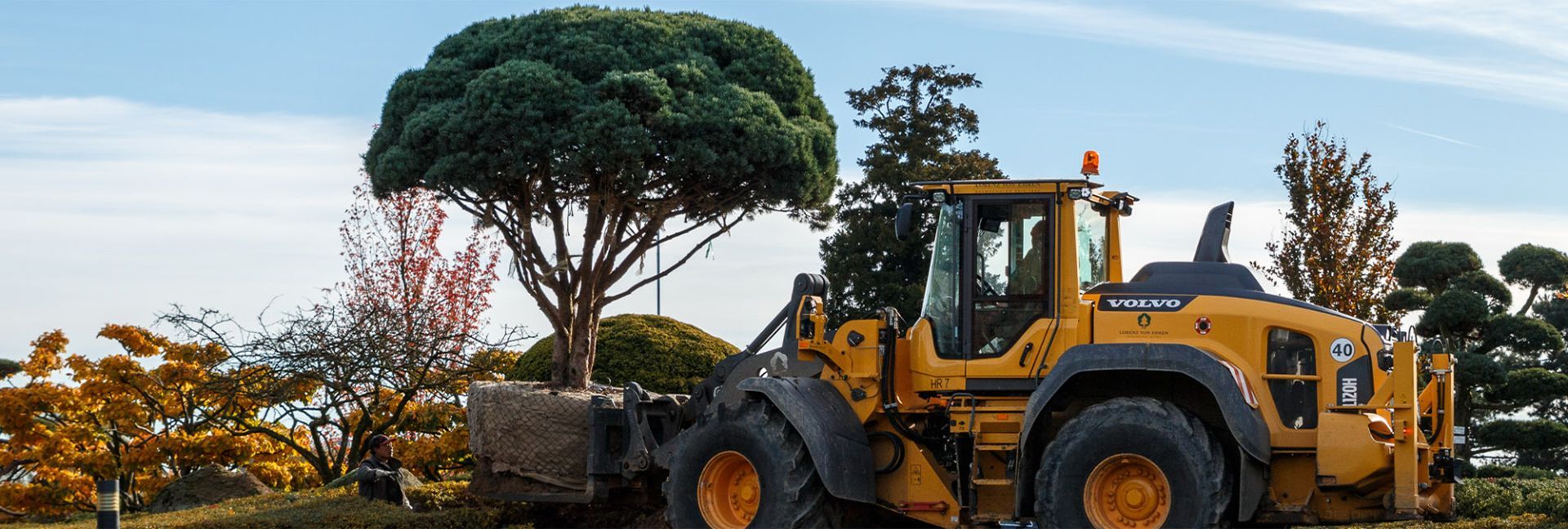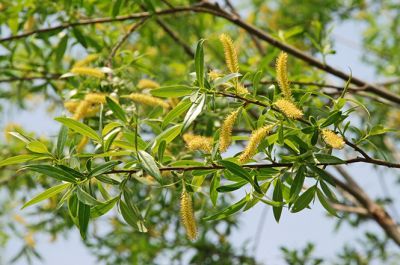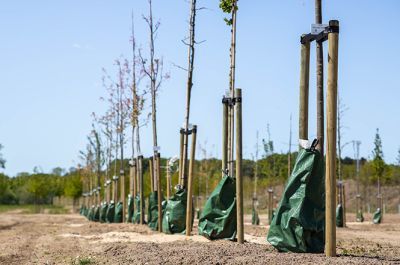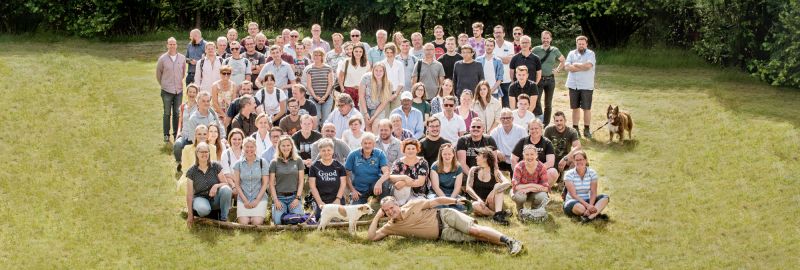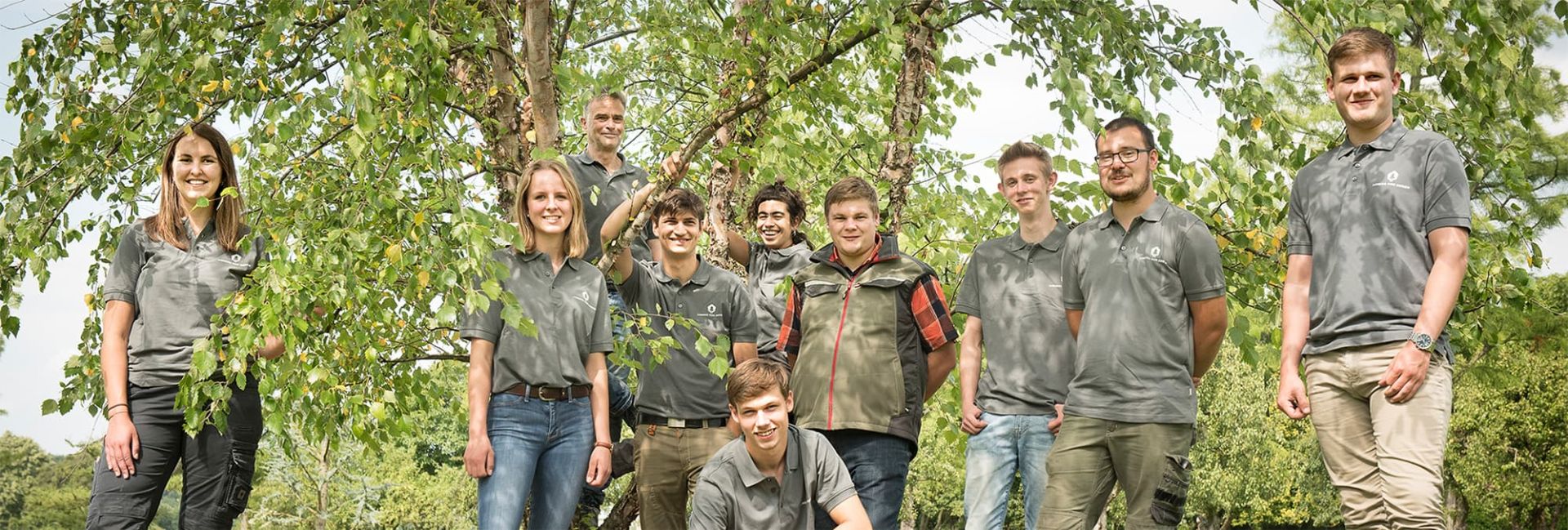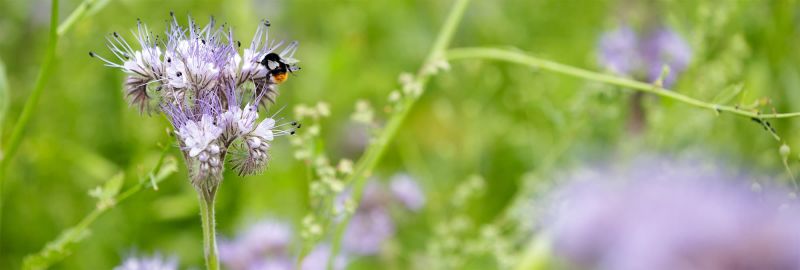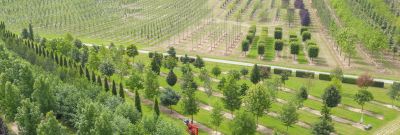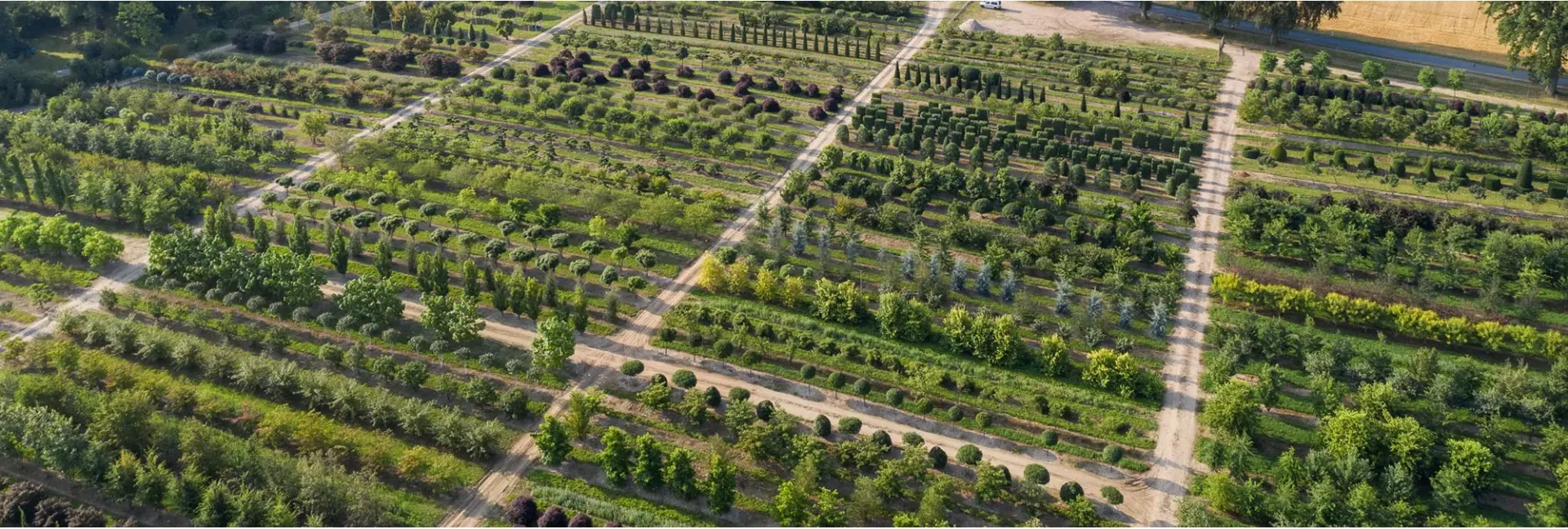Origin:
North Persia
Habit:
Extended, domed large shrub or small tree, height and width 5-7 (10) m, often wider than tall; short stem, branches upright, lateral twigs reaching far out horizontally; 15-25 cm a year, slow-growing.
Bark:
Peels on the stem and main branches of old specimens like planes, quite visible in winter, bark scales have several colours.
Flowers:
Unique flower heads before leaves shoot, March to April; stamen conspicuous orange-red; petals missing. Inconspicuous.
Fruits:
Inconspicuous
Leaves:
Like Hamamelis, 5-12 cm large; shiny medium green; intense autumn colours from September, crimson-red or crimson-orange to yellow, changing colours for a long time.
Roots:
Flat roots.
Demands:
Sunny to lightly shady, likes warmth, usually frost hardy; good for urban areas, wind resistant.
Soil:
Moderately dry to fresh, on all garden soil, avoids heavy loam, slightly acidic to alkaline.
Vegetation:
Parrotia persica occurs in almost pure stands in some places in the Caucasus. Buxus sempervirens, Ilex aquifolium (the southern European varieties), Cornus mas, Crataegus laevigata, Hedera helix and sometimes Rhododendron luteum occur in the underplanting on moist mountain slopes or in marshes. The more well-known perennials include Galium odoratum, species of Geranium (parents of G. magnificum), Geum and numerous types of Primula.
Note:
Tolerant to urban climate, well suited as an avenue tree..
Hardiness:
Zone 5a

